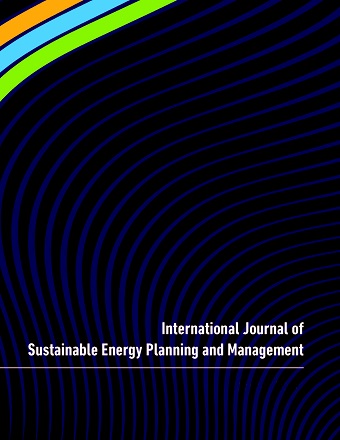Modeling the Baltic countries’ Green Transition and Desynchronization from the Russian Electricity Grid
Main Article Content
Abstract
In the next ten years, the Baltic countries ― Estonia, Latvia, and Lithuania ― are planning large investments in renewable power generation and transfer capacity, substantial phase-out of fossil-based power generation, and desynchronization from the Russian electricity grid. In this article, the operational impacts of these changes on the Baltic energy system from 2017 to 2030 are studied with an open-source Backbone energy system model. The operation of Estonian, Latvian and Lithuanian power and heat, transport, and building sectors are optimized simultaneously on an hourly level, and results are analysed with operational, environmental, economic, and security indicators.
Results suggest that the planned transition would support Baltic targets in renewable generation (from 45% to 92%) and self-reliance (2.3 TWh increase in domestic power generation and 5.5 TWh decrease in natural gas imports) with a moderate impact on system costs. However, an increase in transport CO2 emissions could risk national non-ETS targets. The hourly operation of the system, with a high share of wind and solar, is based on active use of storages and interconnectors. Model results raise concerns about the amount of Estonian dispatchable capacity, the commercial feasibility of Latvian natural gas CHP’s, and the high ramping rates of Lithuanian interconnectors.
Article Details
Articles published in International Journal of Sustainable Energy Planning and Management are following the license Creative Commons Attribution-NonCommercial-NoDerivs 3.0 Unported (CC BY-NC-ND 3.0)
Authors retain copyright and grant the journal right of first publication with the work simultaneously licensed under a Creative Commons Attribution License: Attribution - NonCommercial - NoDerivs (by-nc-nd). Further information about Creative Commons
Authors can archive post-print (final draft post-refereering) on personal websites or institutional repositories under these conditions:
- Publishers version cannot be stored elsewhere but on publishers homepage
- Published source must be acknowledged
- Must link to publisher version

